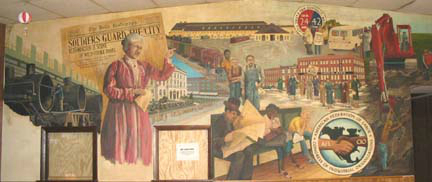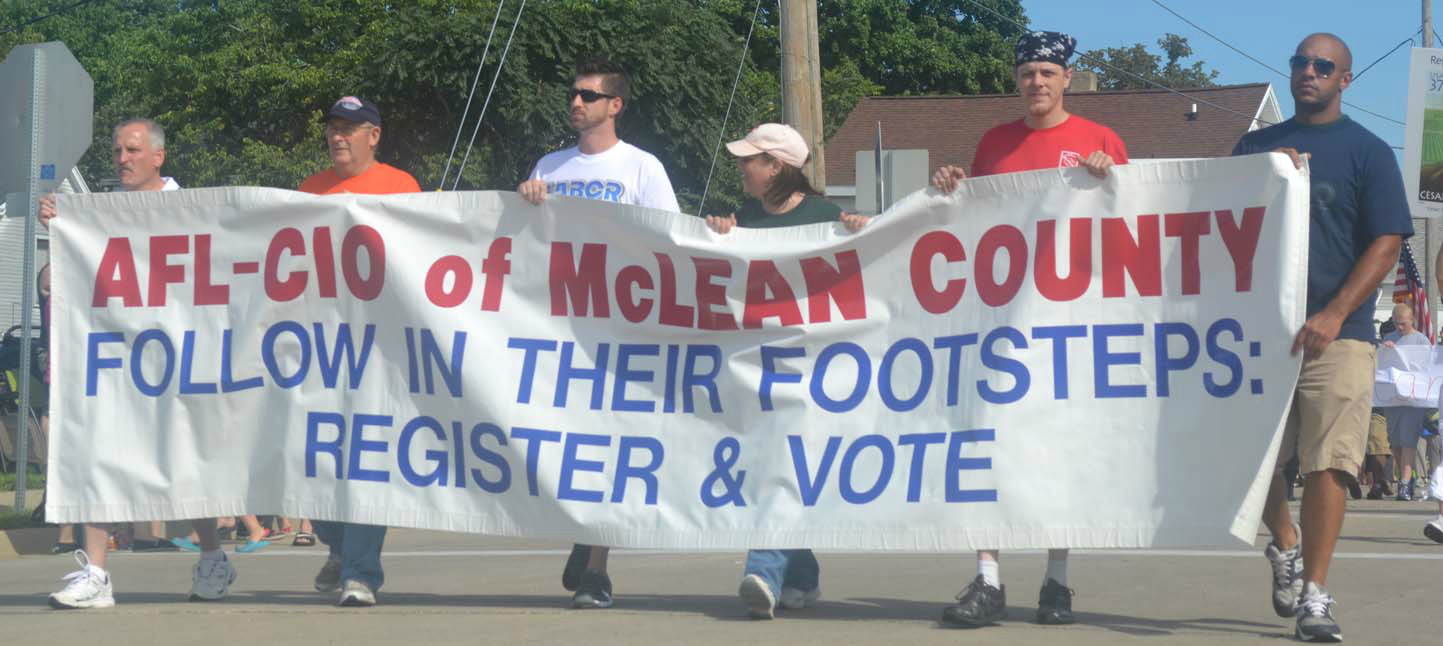|
reviewed by Mike Matejka
Leaving their air-conditioned office, what goes through someone’s mind when they pass a construction site on a sticky-humid August day?
Do the motorists give a thought to the men and women in the bright orange and lime green Ts behind the asphalt paver? Do they peer out their window at an iron worker ascending a beam and wonder about that person and their life?
Every job has its unique rewards. In construction, a day’s labor is transformed into a concrete and visible manifestation. “I built that” is probably a proudly-shared phrase a worker’s children have heard one too many time.
If one has worked construction, one can’t look at the finished product without seeing the earthen pit, the steel skeleton or the surveyor’s markers where it all began.
As an English major in college, who knows what Christine Byl thought driving by a job site. But after graduation she moved west to Missoula, Montana, not quite ready for more school but unsure of the next step.
Needing to feed herself, she signed on with a trail crew in Glacier National Park. No more textbooks, no more school, but boots, shovels, axes and a quick education not only about the great outdoors, but what it takes to make it in construction.
Sixteen years later, she did finally finish that graduate degree, in the meantime she was working in Glacier, the soggy Alaskan coast and Denali National Park.
Education took on another dimension, as she learned not from books, but from experienced fellow workers, learned how to properly use a tool, run a bobcat, and how to prepare for a job that required backpacking food and tools into the wilderness.
Hikers love to traverse the scenic parks, but someone has to clean the brush, clear the trail, rebuild the stone stairs and dozens of other tasks completed only with sweat and muscle ache. A National Park is a beautiful place to work, but besides the tools, bear and other animal habits are also best learned.
This book is about returning to fundamentals. Each chapter opens with a tool, its history, use and unique vocabulary. And from their use, Christine learns basic lessons in life.
Christine learned lessons that will resonate with anyone who’s ever walked green onto a job site. She learned to listen to experience; she learned that it’s not showing off as an individual, but pitching in as a team, that gets a job done; she learned there’s nothing more priceless than a crew that not only works together, but is comfortable enough to drink, relax, tease and eat together, relishing that cold brew that soothes a parched throat, relaxes stiff and aching muscles.
Christine writes: “I learned from men and from women, jobs botched and jobs done right. I learned to move fast sometimes and slow others, to watch closely, to measure twice, cut once. .... A strong body can usher in mental clarity. Noticing how the world works keeps you open to it. When working side by side with someone, trust can arise; tasks cultivate community.”
Not all is perfect on the trail; as a woman, Christine has her share of harassment. Tourists look at her as a novelty. The Park Service bureaucracy, like any boss, creates its own inside jokes and resentments.
Yet what brought her back for 16 seasons was more than a paycheck. It was money earned honestly, the unique beauty of the Parks, but most especially, crews that could work together not watching the clock, but finishing the job plumb and true.
|



